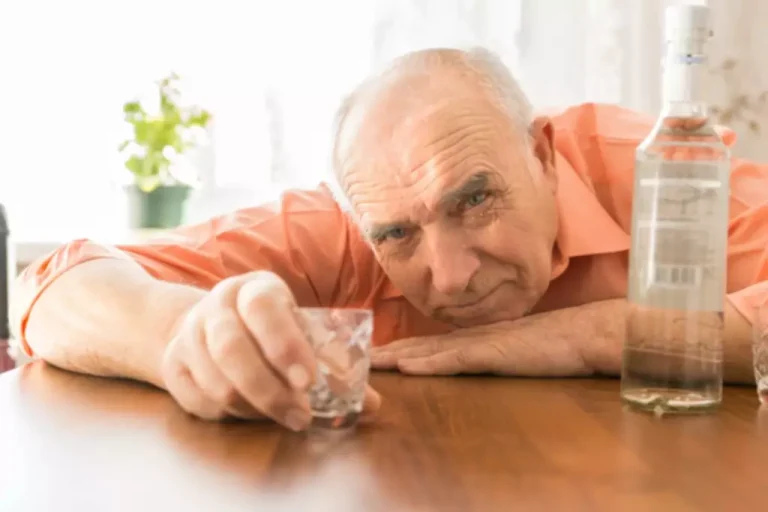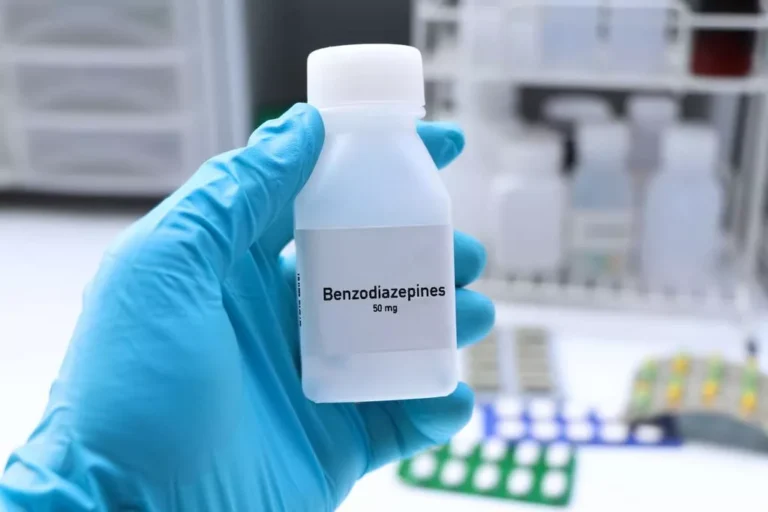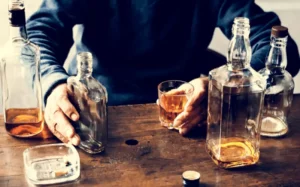
To our knowledge, no study has examined strategies that aim to prevent the development of comorbid PTSD and AUD in military and veteran populations. However, some research has examined the prevention of PTSD or AUD separately in this population, which could inform the prevention of comorbid PTSD and AUD. But, unfortunately, sometimes traumatic events in childhood can negatively impact a person’s sense of safety and belonging. Childhood trauma is unfortunately quite common, with two out of every three children experiencing at least one traumatic event before age 16.11 This might include things like witnessing or experiencing physical violence, the death of a parent or caregiver, neglect, or emotional abuse. Research finds that almost 50 percent of women will experience a traumatic event at some point in their lifetime. Women are more likely to experience trauma in the form of sexual assault or childhood trauma.
PTSD and associated factors
PTSD symptoms also decreased significantly over time, but there were no group differences. Sleep disturbances and nightmares were also assessed; these significantly improved over time but there was no effect of medication. Studies that compare other outcomes related to treatment retention and symptom improvement, such as sleep, mood symptoms, somatic medical conditions, and safety profiles (including violence and suicidality), would also be helpful. The literature currently lacks studies that examine the association between premorbid functioning and the ability to engage in manual-guided, evidence-supported therapies.
Pharmacological Treatment of PTSD and SUDs

However, neither of these studies found an advantage for sertraline over placebo for alcohol use outcomes. Interestingly the noradrenergic antidepressant desipramine was as effective as the serotonergic paroxetine for PTSD and desipramine had other advantages in alcohol use outcomes. Prazosin was effective in decreasing alcohol use in one study (Simpson et al. 2015) but not in the other larger trial (Petrakis et al. 2016); prazosin https://ecosoberhouse.com/ was not effective in treating PTSD symptoms in either study evaluating its efficacy. The neurokinin-1 receptor antagonist aprepitant had no effect on PTSD symptoms or alcohol craving (Kwako et al. 2015). One of the three studies clearly found that sertraline was more effective in decreasing PTSD symptoms than placebo (Hien et al. 2015) while another found a trend-level advantage of sertraline over placebo on PTSD outcomes (Brady).
- Together, the information gathered through these various assessments provides invaluable information to inform treatment planning and monitor progress.
- However, if evidence-based treatments continue to be only narrowly disseminated and adopted, treatment organizations, some of which are motivated by profit only, may offer treatments that are at best not effective and at worst are harmful (Woodworth and McLellan 2016).
- These processes are important for memory consolidation, fear learning, and involuntary activation of reward circuits in response to cues and in craving (Kalivas and O’Brien 2007).
- Your therapist or general practitioner might have information about local resources.
- Urine drug screening, or urinalysis, is perhaps the most common and preferred method for detecting illicit drug use (Richter & Johnson, 2001; Wolff, Welch, & Strang, 1999).
What is Alcohol Use Disorder?
Whether it’s every weekend or more frequently, consider alternative plans to disrupt this habit cycle. Simple activities like going for a walk, calling a friend, or engaging in journaling or reading can be excellent substitutes. By retraining your brain to embrace positive actions during these times, you pave the way for healthier habits. At PTSD UK, we are excited to join forces with SoberBuzz to extend our support to people dealing with PTSD or C-PTSD who are seeking to take control of their alcohol consumption.

Alcohol Use Disorder and PTSD: An Introduction

It’s common for people who experience PTSD to also struggle with alcohol abuse or abuse of other substances. Many people who experience a traumatic event may use alcohol as a means to cope with experiencing extreme stress. The findings support routine trauma screening in AUD treatment samples and screening for risky drinking in trauma populations to help guide interventions. The expected aberrations in neuroimmune functioning may not be found when examined in a sample with multiple psychiatric morbidities.
The relationship persists in studies of population subgroups at risk, such as veterans of the wars in Vietnam, Iraq, and Afghanistan; firefighters; women; and people with SUD. Although men have a higher prevalence of AUD than women, and women have a higher prevalence of PTSD than men, any individual with either disorder is more likely to have the other. For example, assaults may not be reported because people who have been assaulted want to avoid thinking about the ptsd and alcohol abuse experience, fear they will be hurt further by their abusers if they speak up about the event, or do not trust police or other authorities. Studies of sexual assault may have different definitions of what assault is, or who they ask, which can also affect rates. A large survey called the National Intimate Partner and Sexual Violence Survey (NISVS) reports that about 4 out of 10 women and 1 out of 4 men have experienced some kind of sexual violence in their lifetime.


Embarking on a journey to cut down or go alcohol-free is a significant step towards a healthier, happier life. To help you along this empowering path, it’s essential to get clear on your reasons for making this positive decision. SoberBuzz is not just an organisation; it’s a lifeline for those who may be questioning their relationship with alcohol and are seeking guidance on how to navigate this journey of change. At SoberBuzz, they understand the complexities and challenges that can arise when re-evaluating your connection with alcohol. They offer a safe, non-judgmental haven where you can openly share your experiences, be heard, and find unwavering support.
Prevalence Surveys Outside the United States
- Subjects were also randomized to receive naltrexone (50 mg) or placebo, resulting in 4 cells.
- In other words, you may begin using alcohol as a way to cope with PTSD symptoms, but it becomes a dangerous learned behavior.
- Given the research to date, it seems unlikely that one medication will be effective in treatment of both disorders given the complexity of comorbidity.
- Throughout treatment, substance use education, relapse prevention techniques, peer support, and 12 Step attendance is encouraged.
AUDIT is a 10-item questionnaire developed by the World Health Organization to easily screen for excessive drinking and to assist in brief interventions for alcohol-related problems [44]. This instrument has demonstrated reliability and validity in a similar setting to this study [45]. The conversion table available in the Nepali version of the CIDI questionnaire was used to calculate standard units of drinks in units of ethanol. Thus, a bar-served glass of Raksi (distilled local drink) was considered 2 units of ethanol and 1 mana (approximately 0.55 L) of Jand (domestically fermented beverage) was calculated as containing 3 ethanol units. The abstinence duration was determined by inquiring the most recent alcohol consumption episode, and participants responded to whether or not they had ever engaged in driving under the influence of alcohol. The Recovery Village aims to improve the quality of life for people struggling with substance use or mental health disorder with fact-based content about the nature of behavioral health conditions, treatment options and their related outcomes.
- We are unable to confirm the accuracy of recall of past adverse events and other forms of reporting bias as several of the variables were constructed from personally sensitive self-report data.
- Further investigation of the use of medications as an adjunct to psychotherapeutic treatment in the treatment of co-occurring PTSD and SUDs are needed.
- All but one of the studies found that PTSD symptoms and drinking outcomes improved significantly over time.
- Survivors of sexual assault can experience a wide variety of symptoms, but help is available.
- Individuals with CPTSD may use substances like alcohol or drugs to cope with their emotional distress and psychological symptoms resulting from prolonged trauma exposure.
- At present, a wide array of assessment tools exist that allow for the efficient and effective screening, diagnosis and symptom monitoring.
Behavioral Treatments for Comorbid AUD and PTSD
Individuals with CPTSD may use substances like alcohol or drugs to cope with their emotional distress and psychological symptoms resulting from prolonged trauma exposure. It often results from sustained exposure to trauma, such as childhood abuse or violence. This distinguishes it from the traditional diagnosis of PTSD, which can result from a single, time-limited traumatic event.





